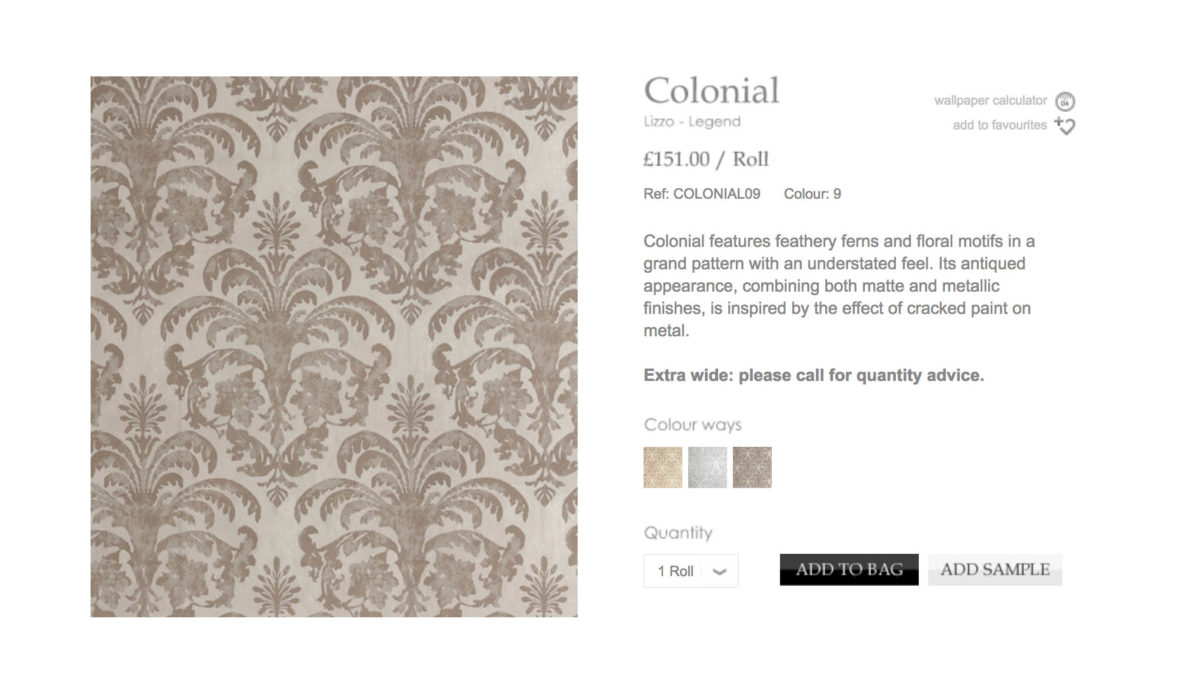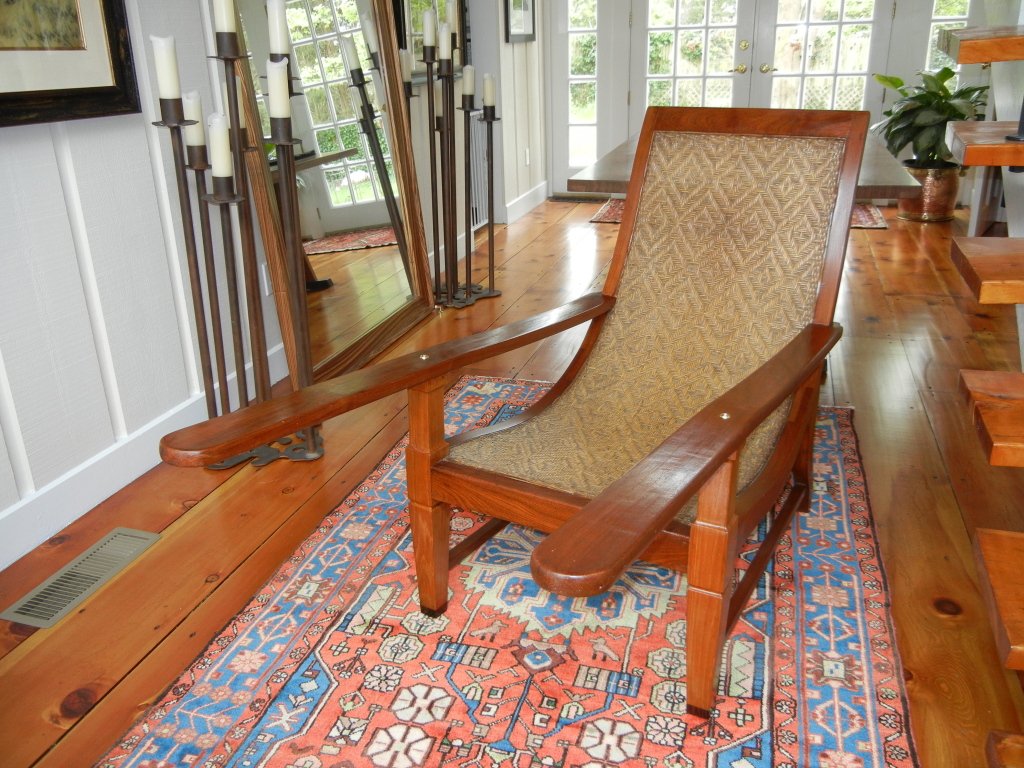What Is A Colonial Aesthetic? Examining A Confused Label
By Something Curated“Interiors, not unlike bodies, are never neutral, but sites and sources of morality, scrutiny and voyeuristic pleasures,” author John Potvin asserts. The term “colonial” arises often within the context of interior design, provoking little reaction, whether in publications, the names of products, or press releases describing new projects. Swatching histories is commonplace throughout art, design and architecture, but perhaps where the contention lies is in the inadvertent commending or overlooking of a recent and unjust past, a gross oversimplification of the narrative in favour of aesthetics. Though as interiors journalist Lisa Frederick explains: “Colonial style harks back to America’s infancy, mixing European traditions with the practical considerations of settlers starting afresh on unfamiliar shores,” the term appears to be used much more broadly in the field today, referring to what can be described visually as a well-travelled eclecticism.

“The western arts in fact sought contamination at every turn, restlessly seeking renewal and reinvigoration through contacts with other traditions. And both Self and Other were locked into processes of mutual modification, sometimes slow but inexorable,” posits cultural theorist John M. MacKenzie. Aside from the negative connotations “contamination” brings, there is here an acknowledgement of the hybridity and polymorphous nature of inspiration, appropriation and the exchange of ideas, indisputably a part of growth. From Lord Fredrick Leighton’s Arab Hall to James Abbott McNeill Whistler’s decorative scheme for the Peacock Room, creatives have long turned to foreign inspirations as a conduit for imagination as much as a site for the abdication of existing ways of living. When approaching these sites from a museological perspective, it is naturally valid to categorise their place in a colonial history, but to label contemporary interiors in the same way based on appearance alone feels confused.
In an article from The Decorator and Furnisher published in 1891, James Carruthers writes: “… the Colonial style is decidedly free from old-fashioned ideas, whilst it is distinguished not only for elegance but comfort and convenience, thus being well adapted to modern adoption.” Though perhaps somewhat of an antiquated perspective, even today, items like the planter’s chairs or plantation chairs, most commonly associated with India following the arrival of the British, but also used in Latin America and the Caribbean during imperialist rule, have gained, through recurrent styling, a normalised aesthetic status belying murky origins. “The design of the Planter’s chair is about generosity of space and comfort, achieved with swooping and simple curves. Made of solid Teak wood or Indian Rosewood, it is large, streamlined and majestic. As comfortable as it is handsome, this is an exotic work of furniture art at its best,” Beautiful Homes states in an article from 2016.

It is worth considering that there is no unanimously approved aesthetic trope which tethers the interiors of historical colonial powers. Certainly, likenesses can be drawn between those from colder climates adjusting to the heat, but in the example of the settlers in America, preserving warmth was crucial. So how can the term “colonial” proficiently describe an interior style? Perhaps one visual commonality, also apparent in contemporary incarnations of the “colonial style,” is the inclusion of “indigenous” objects, juxtaposed with furnishings and finishes more familiar to traditionally European tastes. Referring to the Italian colonisation of Eritrea from the 1880s until 1943, historian Sean Anderson observed: “The selling of objects produced for the exposition visitor ultimately dispersed the colonies across Italy and Europe. Fairgoers, taking home pieces of the colonial interior, thereby populated, thrice removed, evocations of the colony … the Mostra Coloniale di Genova located the exotic in an architecture that promoted the collection and purveyance of colonial souvenirs.”
Whilst recognising the importance of hybridity, which cultural theorist Homi Bhabha suggests offers “new positions to emerge,” displacing “the histories that constitute it,” when contemplating these objects, or “colonial souvenirs,” performing as decorative items in contemporary spaces, it is intuitively jarring. Of course we operate in a globalised time and it is natural that influences from around the world would contribute to the appearance of our interiors, but that is a different concept to the one Anderson talks of. Looking back at a violently exploitative period with rose-tinted lenses, selecting only the beautiful objects convenient for modern interpretation or consumption is a misjudgement. It could be argued the continued use of the term “colonial” as a visual adjective reasserts a confused sense of celebration, perpetuating a legacy which in other arenas is much more heavily interrogated.
Bibliography:
Sean Anderson, Modern Architecture and its Representation in Colonial Eritrea, 2015
Homi K. Bhabha, “Cultural Diversity and Cultural Differences,” The Post-Colonial Studies Reader, 2006
James Carruthers, “Colonial Furniture”, The Decorator and Furnisher, Vol. 18, No. 2, 1891
Lisa Frederick, “Design Styles, Defined”, Home Portfolio, 2016
John M. MacKenzie, Orientalism: History, Theory and the Arts, 1995
John Potvin, Oriental Interiors: Design, Identity, Space, 2015
Jassu Sekhon, “Icons: The Planter’s Chair”, Beautiful Homes, 2016
Words by Keshav Anand | Feature image: Interior by Albert Hadley (via Pinterest)